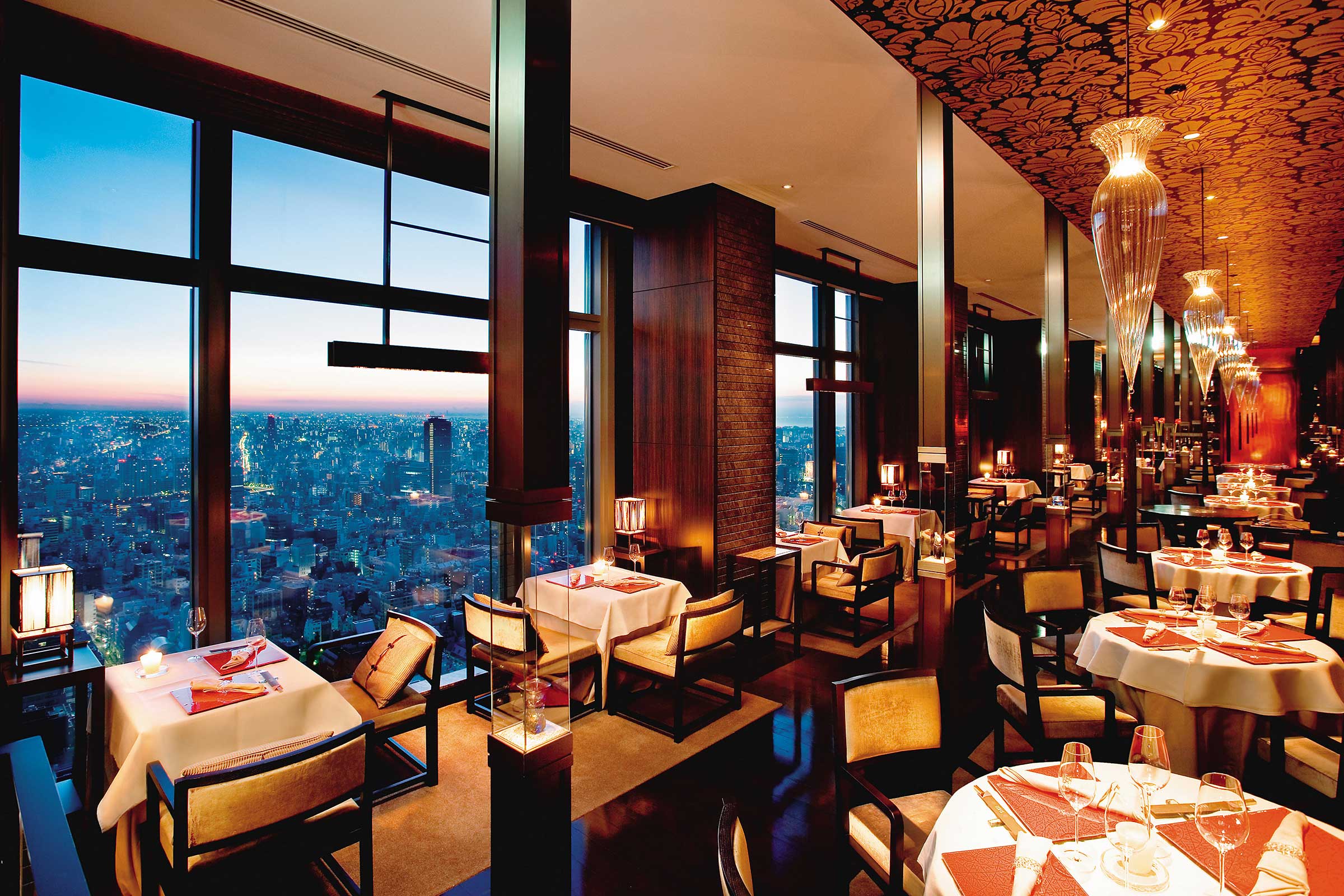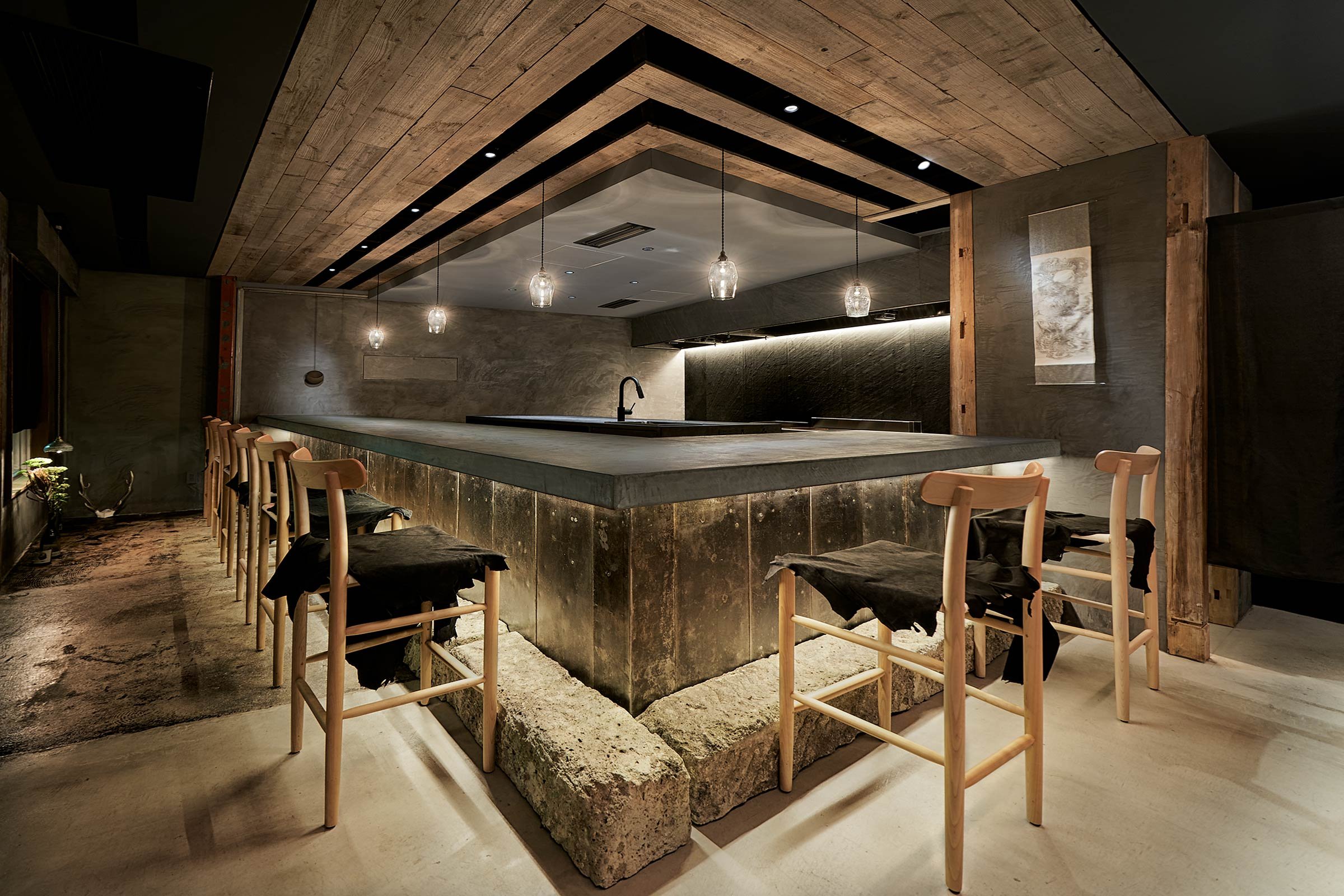Reiko Sudo updates the Mandarin Oriental, Tokyo

The renowned Japanese textile designer speaks with us about her design process and the evolution of the hotel’s design
Image by Kosuke Tamura
Japanese textile designer Reiko Sudo of Nuno Corporation’s fresh take on traditional Japanese techniques, materials and patterns creates a multisensory experience that provides visual and tactile gratification as well as an insight into Japanese culture.
The designer’s love affair with textiles began at an early age when a Kyoto merchant would visit her family home in Ibaraki Prefecture to present her grandfather with a selection of exquisite fabrics for his daughter’s kimonos.
After studying Japanese painting and earning a textiles degree from the Musashino Art University in Tokyo, she met renowned textile designer Junichi Arai. In 1984, the pair founded NUNO (the name is Japanese for ‘fabric’), a small atelier in Tokyo that is widely considered the capital’s textile design destination. Today, the designer’s cutting-edge contemporary fabrics are all made in Japan.
Recently, Sudo helped renovate 179 guest rooms at the Mandarin Oriental Tokyo, reflecting a subtle evolution of her original ‘Woods and Water’ design concept with a fresh new palette of colours and patterns.
Catherine Shaw: The hotel’s design concept centres on a natural theme and Nuno textiles; how challenging was it to refurbish something that was such an integral part of its identity?
Reiko Sudo: We had created the original concept for the hotel when it opened in 2005 and, as part of my contract, I kept some of the textiles in case cushions or upholstery needed replacing. After 15 years I didn't need to keep them any longer, but I decided to make a bed throw by cutting some up into smaller squares and stitching them together to create a textile collage. I then dyed it gold, because that was the colour of the original interiors and I wanted it to remain a powerful symbol representing sunlight.
How do the new textiles fit within the original theme of Woods and Water?
A tree grows and its colours change, so I thought the Woods and Water theme should communicate this growth with warm and comforting berry shades that reflect the changing of the seasons. Some furniture and accessories have the same fabric pattern as the originals, but in a different colour. I like using subdued colours and then adding pops of purple and magenta.
Using one of my original drawings, we also made new rugs that evoke the way sunlight filters through the forest canopy and flowers, and the leaves that fall to the forest floor. It’s a very simple concept and easy to understand, but very difficult to execute.
You’ve also introduced new hand embroidered headboards over guest beds. What was the process from design to final product?
There are two patterns, cherry blossom and wisteria, all hand embroidered by one man over two years. He normally makes wedding gowns, so as you can imagine it was a big investment for both him and the hotel.
I drew the flowers, which he then traced before starting the embroidery using a special handheld machine. The wisteria pattern was more difficult than the cherry blossoms – the latter has a repetitive pattern so the hand remembers the movements. It is wonderful to see: it’s like a collaboration between the machine and the human hand – so quick, but with amazing control.
Your textiles are all made in Japan. How challenging is this when creating such a wide range for a project like this?
One of the original textile factories we first worked with had closed after the Tohoku earthquake, so I had to find another factory that could apply the same techniques and make similar fabrics. The biggest challenge, however, was making the new carpets that are also based on my own sketches. The suites have carpets with indigo patterns inspired by Sumi-e (ink wash painting), and we had to reproduce these, but it was difficult because each technician interpreted the drawing in a slightly different way, so I could only work with one person.
Text / Catherine Shaw
Images / Courtesy of Mandarin Oriental, Tokyo






















